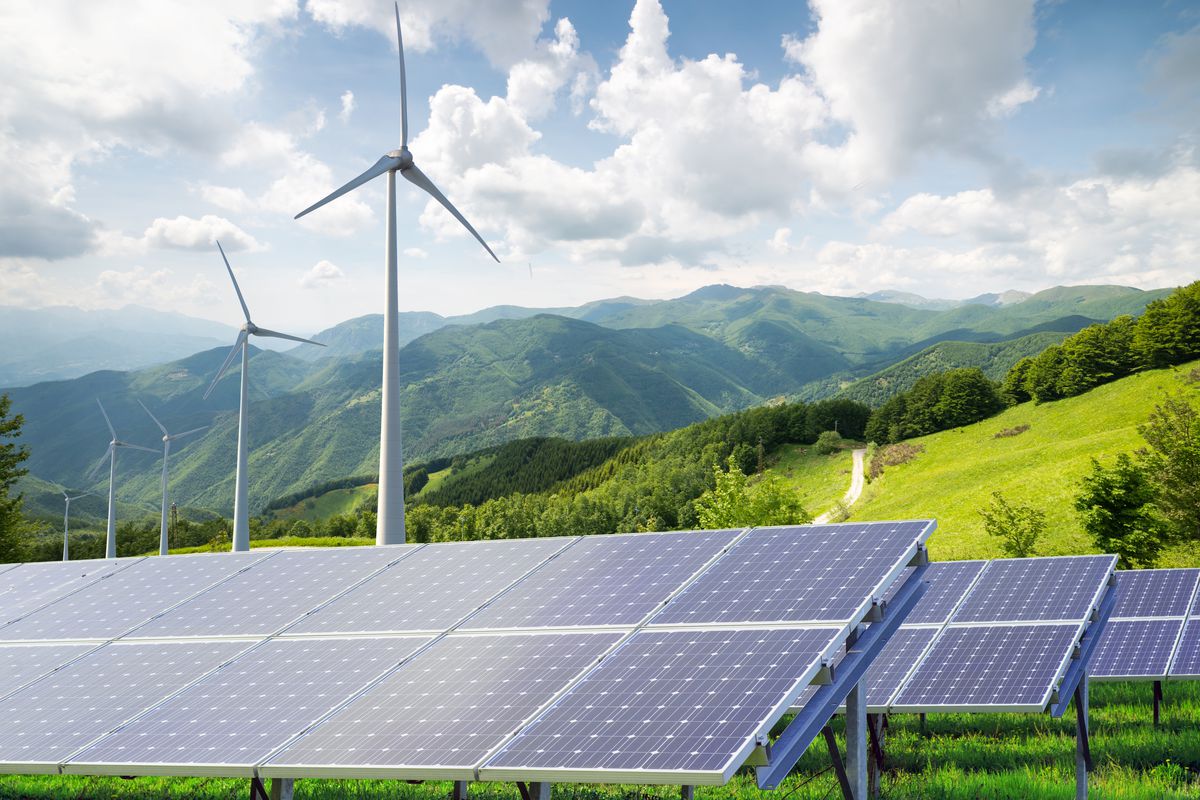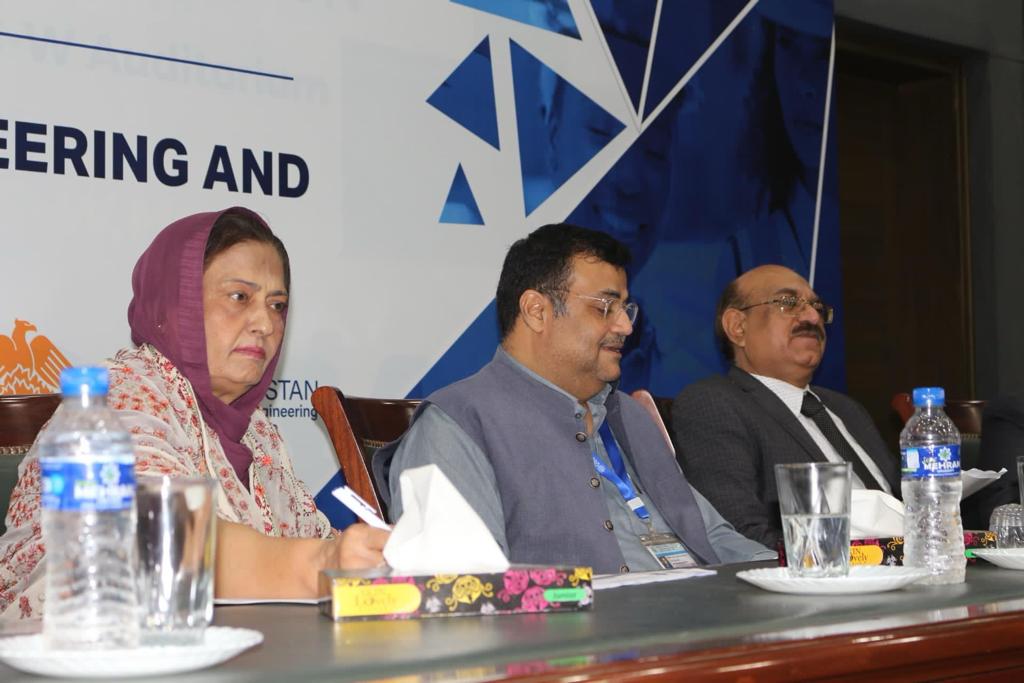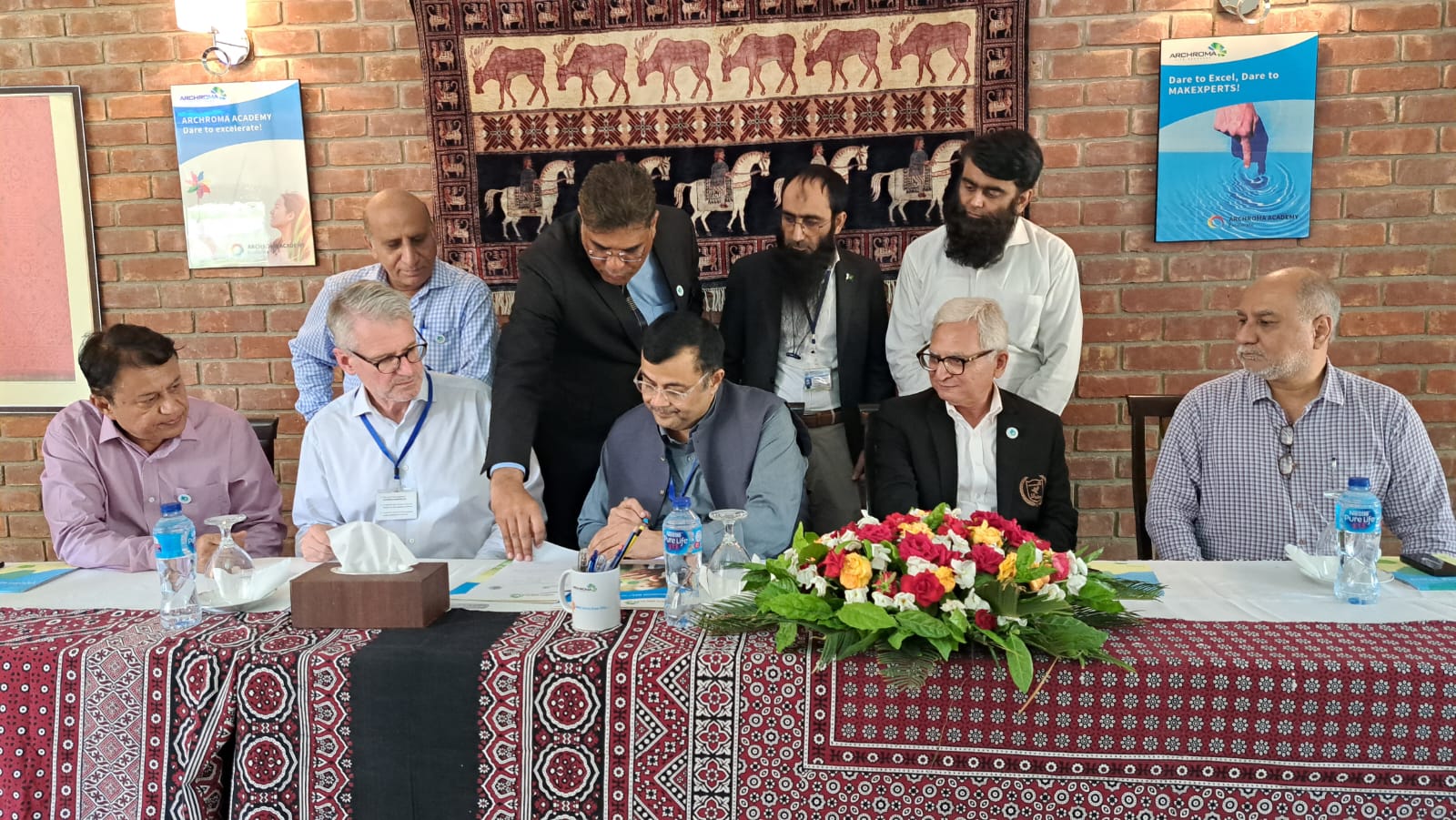Aiming to slow China’s advances, govern technologyUS moves to regulate artificialintelligence, signs order
President Biden signed a far-reaching executive order on artificial intelligence last week, requiring that companies report to the federal government […]





